Physics Research at Stony Brook University
Stony Brook University is designated a Research I (R1) university: meaning we engage in the highest levels of research activity. The Department of Physics and Astronomy is no exception. Not only can undergraduate students contribute towards making groundbreaking discoveries, they are highly encouraged to.
Whether you've had your heart set on a physics subfield since middle school, or you're just beginning to learn what research even is, starting research as an undergraduate can feel like a daunting task. We emphasize that regardless of background and prior experience, any student can be trained to develop the educational foundation, analytical skill set, and mode of thinking needed to perform physics research.
In the following, we've given an overview of the major subfields the Department of Physics conducts research in, as well as examples of what undergraduates can contribute as researchers.
Accelerator and Beam Physics
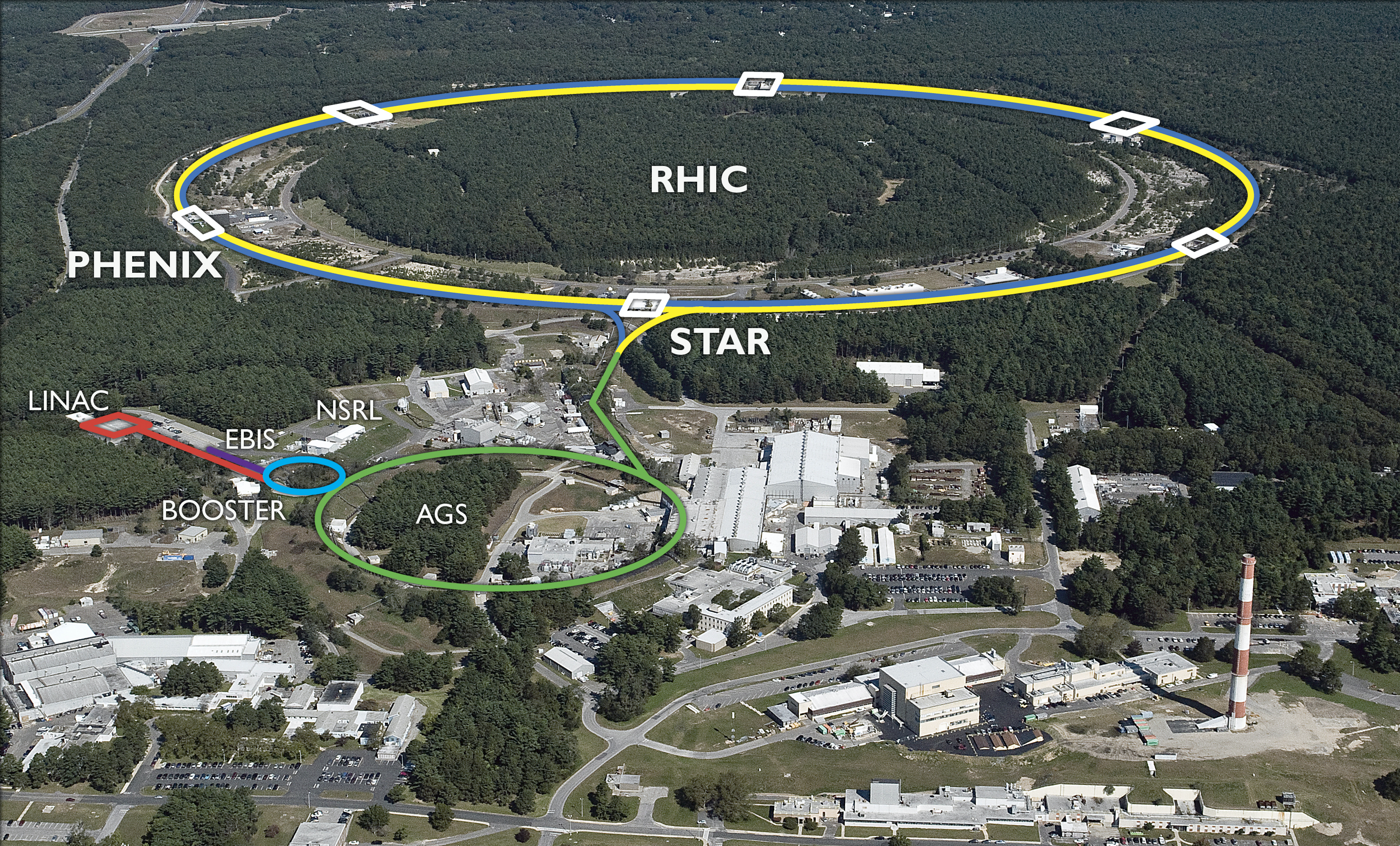
Particle accelerators are essential in many fields of science, from high energy experiments to radiation therapy to materials research. As such, accelerator physicists study the manipulation of charged particle beams in order to design and construct accelerators for a variety of applications. The Center for Accelerator Science and Education (CASE) at SBU works closely with BNL on the electron-ion collider, superconductor RF cavities, plasma wakefield acceleration, and more.
Undergraduate researchers may run simulations of accelerator experiments to optimize beam conditions or magnetic fields, investigate plasma wakefield structures, or participate in experiments via device design, calibration, and data analysis.
Astronomy/Astrophysics
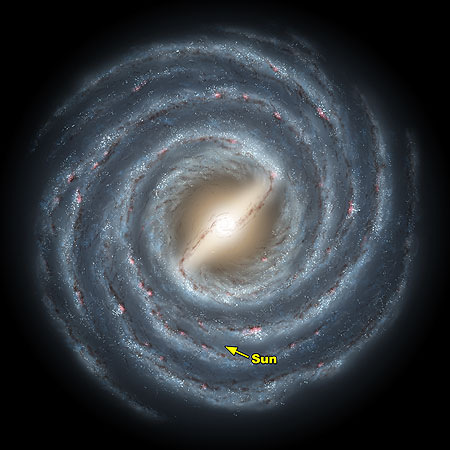
Astronomy research spans the entire universe: from gravitational waves to supernovae to dark energy. The foremost benefit of astronomy research is that it teaches us how our universe came into existence and continues to operate, however, understanding how large astrophysical phenomena occur also provides insight into how similar physics processes occur on a smaller scale. For example, studying fusion reactions inside the Sun helps scientists develop fusion reactors for clean energy.
Almost all astronomy research requires some programming experience. You can email a professor and ask what programming languages they use in their research for a head start. Computational astronomy involves developing and studying simulations of astrophysical phenomena under a variety of conditions to check for a desired result. Undergraduates may verify physics processes between simulations, compare outcomes of different initial conditions, or update sections of code in accordance with new research. Observational astronomy involves analyzing data from telescopes or satellites. Undergraduates may develop algorithms to identify objects of interest, use the collected data to calculate fundamental constants or verify simulated models, or research methods of improving observational tools.
Atmospheric and Marine Sciences

Many areas of research in marine and atmospheric science, such as oceanography, remote sensing, and climate variability, require understanding of physics concepts like fluid mechanics and thermodynamics. Thus, physics undergraduates are equipped to tackle problems from an interdisciplinary perspective, with immediate application in taking care of our planet.
The School of Marine and Atmospheric Sciences (SoMAS) offers many opportunities for undergraduate research, including field work right on the shores of Long Island. Field work can entail going to beaches, taking soil or water samples, and tagging fish. Other undergraduate research can entail analyzing large quantities of data for predicting tidal and storm patterns, comparing algorithms for modeling air pressure and flow across the country, and using machine learning to identify primary environmental detriments.
Atomic, Molecular and Optical (AMO) Physics
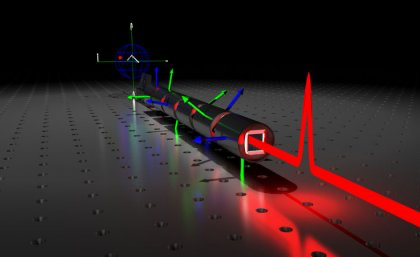
AMO is a broad field of physics, but is largely linked by the use of lasers in their experiments. Developing precise optical tools and new methods of spectroscopy are essential for studying matter and quantum interactions at increasingly smaller scales. Quantum information science also falls under the AMO category.
If you like hands-on work in smaller research groups, AMO is for you. Undergraduates typically work on optimizing experiment configurations, which involves designing tools in SolidWorks, utilizing optical and electronic instrumentation (e.g. laser alignment), and collecting and analyzing data. SBU is also home to the Laser Teaching Center: a facility devoted to instructional programs in optical physics for high schools and undergraduates.
Biological Physics

The Louis and Beatrice Laufer Center conducts research on physical and quantitative biology from an interdisciplinary perspective, with faculty from chemistry, applied mathematics and statistics, computer science, as well as physics. Physics knowledge and techniques are widely applicable in research such as, but not limited to, computational modeling of protein molecules, cell structure, and microfluid mechanics. These studies are then applied towards key areas of medical interest, such as vaccine design, neurodegenerative diseases, and brain aging.
The Laufer Center offers many opportunities for undergraduate research. Undergraduate research can involve modeling biological processes with updated computation techniques, integrating machine learning into present simulations, and statistical analysis of experimental data. SBU is also home to an student-led iGEM (International Genetically Engineered Machines) team. iGEM is an international undergraduate competition in synthetic biology research. To learn more about their work, send an email to iGEM.sbu[at]gmail.com.
C.N. Yang Institute for Theoretical Physics
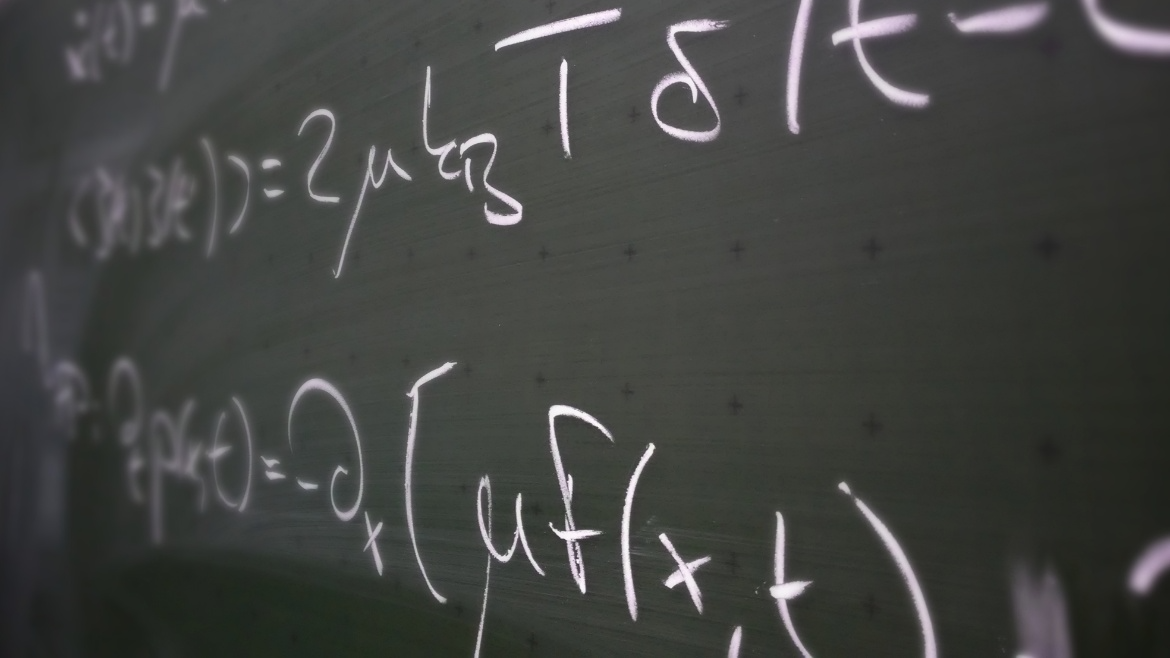
The Yang Institute for Theoretical Physics (YITP) and its associated professors study a variety of theoretical topics such as supersymmetry, quantum descriptions of gravity, and quantum computing. The ''theoretical'' side of this physics comes from creating and solving mathematical models in order to characterize these phenomena. Theoretical physics research paves the way for computational and experimental studies, in that it provides the first layer of proof of new physics.
Theoretical physics research typically requires a solid understanding of advanced math concepts, so don't be afraid to talk to professors about what background knowledge you may need! Courses such as MAT 310 (Linear Algebra) and MAT 319/320 (Introduction to Analysis) can also help prepare you. Though extremely varied, undergraduate YITP research projects typically involve evaluating numerical computation code to explore different theoretical models of a system. Often undergraduate students can undergo a guided study program with professors from YITP to accelerate their education in those skills required to work in theoretical physics at the PhD level.
Computational Science
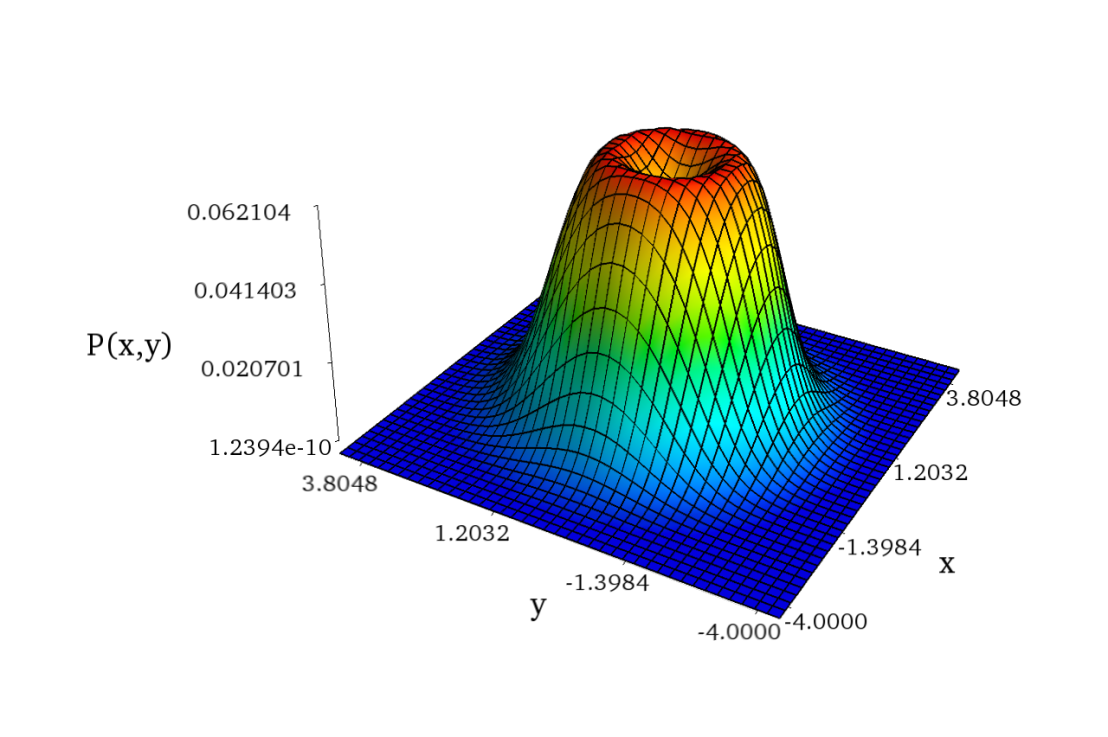
Computational researchers develop the tools needed for simulations of complex systems, such as machine learning, numerical methods, and high-performance computing, and study statistical inferencing in order to make better sense of scientific data. Every subfield of physics or astronomy research has a computational side, and the better methods and models at our disposal, the more physics we have the potential to learn. At Stony Brook, the Institute for Advanced Computational Science (IACS) has an interdisciplinary team of professors whose individual research topics require advancement in these areas.
Though some IACS professors are associated with the Department of Physics and Astronomy, your background as a physics major can be applied to tackle computational problems under any field. Typical undergraduate work could entail applying machine learning techniques towards a specific problem, verifying and comparing numerical models, or analyzing data using new statistical methods.
Condensed Matter: Theory, Experiment and Device Physics
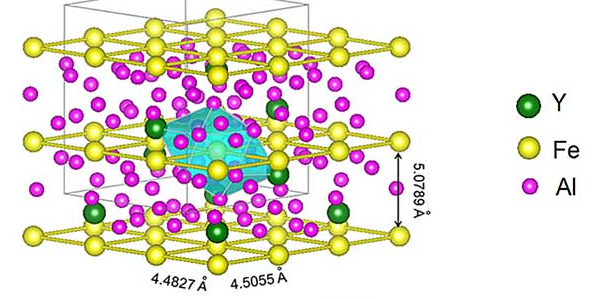
Condensed matter is the study of the physical properties and behavior of "dense" matter, such as solids or liquids. Understanding the fundamental characteristics of matter has applications across all STEM, from developing stronger metals to crystallizing proteins for medical study. Some areas of study are superconductors, polymers, and quantum memory storage. Condensed matter research overlaps with chemistry, AMO, biophysics, and many other areas, making it the largest and most active field of contemporary physics.
Experimental and device research is typically hands-on, with many opportunities to work in a lab. Undergraduate work may entail building and/or calibrating experimental equipment, synthesizing materials needed for study, or observing materials under stress or other extreme conditions. Theoretical condensed matter research applies laws from quantum mechanics, nuclear/particle physics, thermodynamics, and more to construct models of matter under various conditions. Undergraduates participate in building these models through evaluating numerical computation code and comparing differential solutions.
High Energy
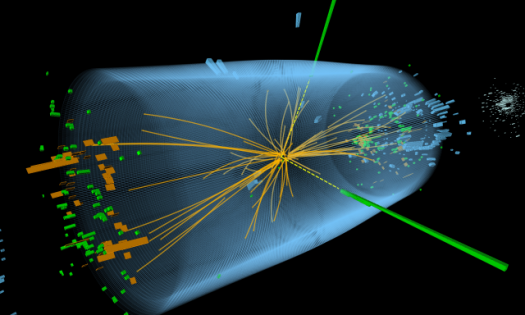
High energy physics (or particle physics) involves investigating elementary particles (e.g. the Higgs Boson, neutrinos) and their fundamental interactions, often by smashing particles together at the speed of light. By theorizing about and taking measurements of parameters such as particle lifetime or mass, we learn about our universe at the most basic level. Dark matter research, as well as the search for physics beyond the Standard Model, also falls under the high energy category.
Many SBU professors work in famous collaborations like ATLAS at the Large Hadron Collider and T2K at the Super-Kamiokande neutrino detector. Undergraduate students commonly take on projects involving the optimization, calibration, trouble-shooting, and data analysis of particle detectors. These detectors are essential to the running of these major international experiments.
Nuclear Experiment
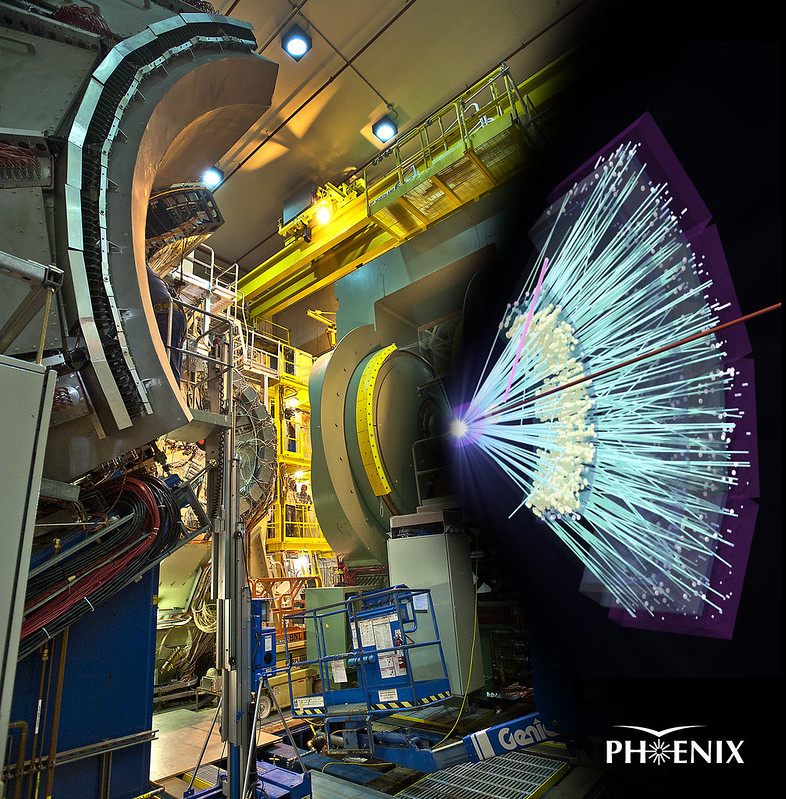
The sister field of particle physics, nuclear physics focuses on investigating the fundamental properties of atoms, nucleons, and the elementary particles composing them. For example, the Electron-Ion-Collider at BNL plans to study gluons and the strong nuclear force they carry. Besides contributing to basic physics, nuclear physics research is applied to studying astrophysical phenomena, medical radioisotopes, and materials research.
In addition to detector studies (see High Energy), undergraduate students can simulate and study particle collisions expected during the experiment, research circuit configurations for detector hardware, and participate in the construction of the detectors needed to run nuclear experiments.
Nuclear Theory
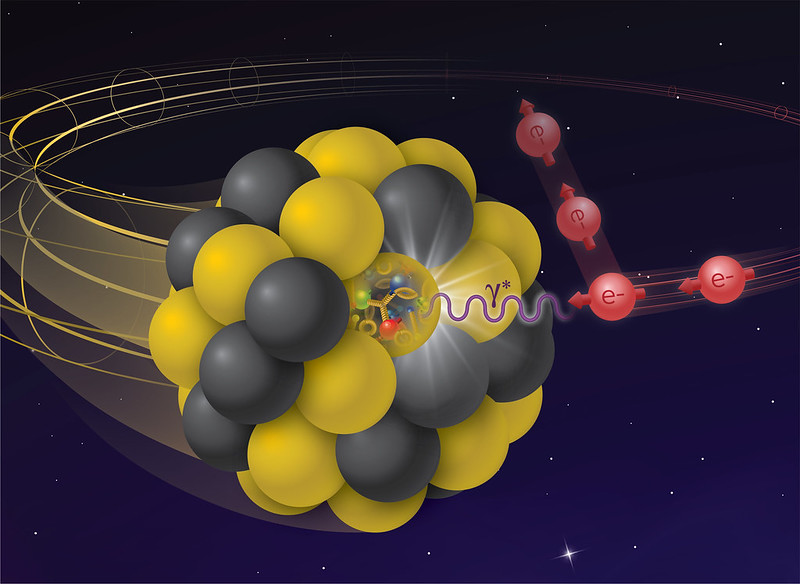
Nuclear theory focuses on investigating the fundamental properties of atoms, nucleons, and the elementary particles composing them from a theoretical perspective. Some areas of study at Stony Brook University include quantum chromodynamics (abbreviated as QCD: the study of the nuclear strong force interactions), quark gluon plasma (a state of matter so hot that nucleons break apart into quarks and gluons), and the physics of heavy ion collisions for designing accelerator experiments. These theoretical studies not only form the basis of nuclear physics experiments, but give fields like condensed matter and astronomy the tools needed to construct theories on larger systems.
The complexity of physical principles and mathematical techniques needed to study nuclear theory can be difficult to understand without a graduate education. Any undergraduate student, however, can undergo a guided study program to accelerate their education in those skills required to work in nuclear theory. After sufficient study under a professor, one could open up a dialogue about taking on a project, which would entail the same computational numerical analysis and system modeling skills as any theoretical research.
Simons Center for Geometry and Physics
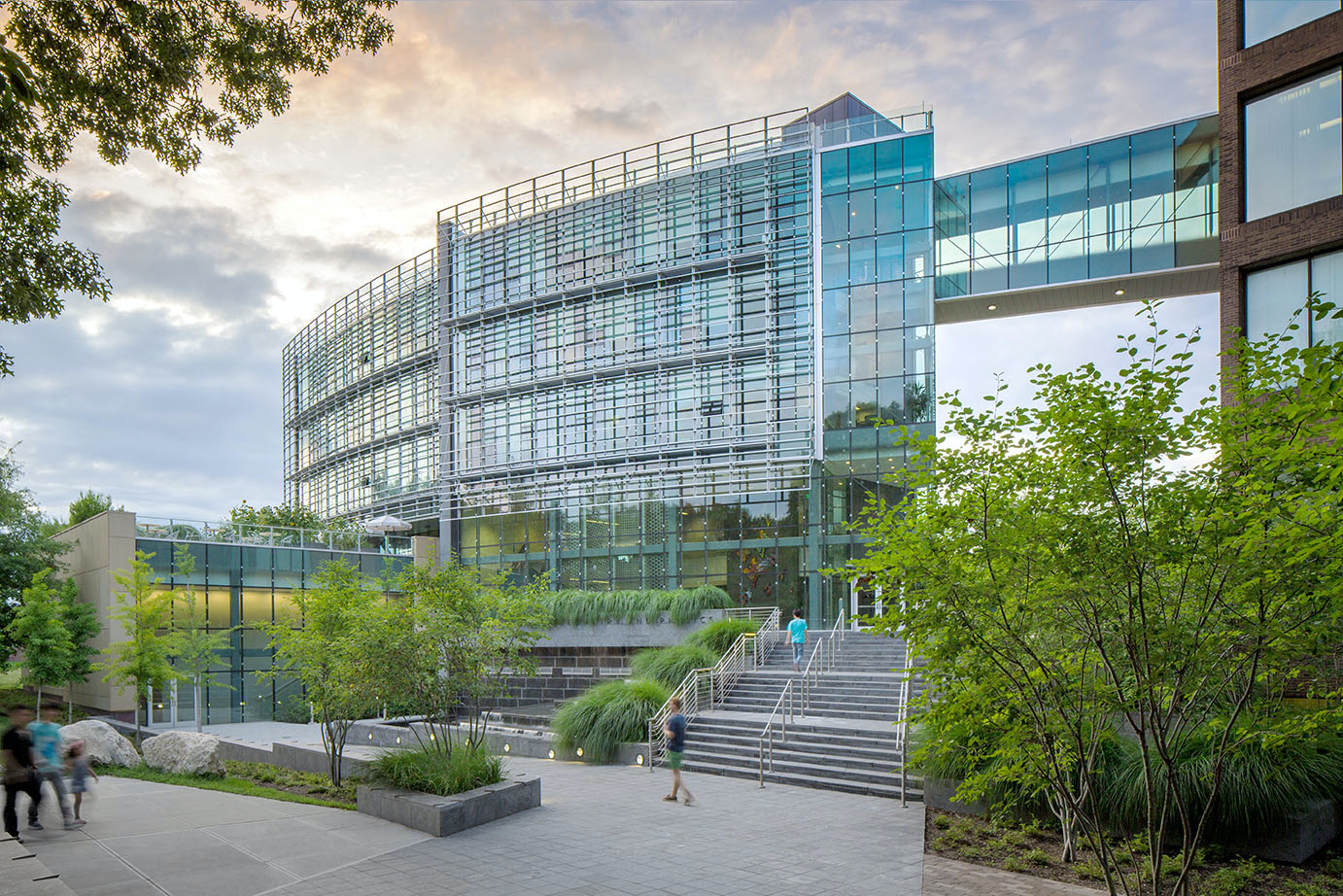
The Simons Center was built to study topics at the intersection between mathematics and theoretical physics, such as quantum field theory, general relativity, and condensed matter theory. While the Yang Institute has mainly physics-oriented professors, the Simons Center has a wide range of professors that study exclusively math, exclusively physics, and everything in between. The physics research has wide implications for our broader understanding of the universe, however, the mathematics research is equally important in that it gives scientists more tools to model the natural world with.
Theoretical physics research typically requires a solid understanding of advanced math concepts, so don't be afraid to talk to professors about what background knowledge you may need! Courses such as MAT 310 (Linear Algebra) and MAT 319/320 (Introduction to Analysis) can also help prepare you. Though extremely varied, typical undergraduate Simon's Center research projects involve studying literature to construct or solve systems of equations modeling physical phenomena. Often undergraduate students can undergo a guided study program with professors from Simons Center to accelerate their education in those skills required to work in theoretical physics at the PhD level.
Our enumeration of these subfields does not mean they are all SBU has to offer, nor does it mean you cannot do work in other fields. If you are interested in other research at SBU, we encourage you to go to the respective department's faculty or research website, or contact SPS directly so that we might help you.